Firefly Nights And Towering Trees: 10 Reasons To Visit Congaree National Park
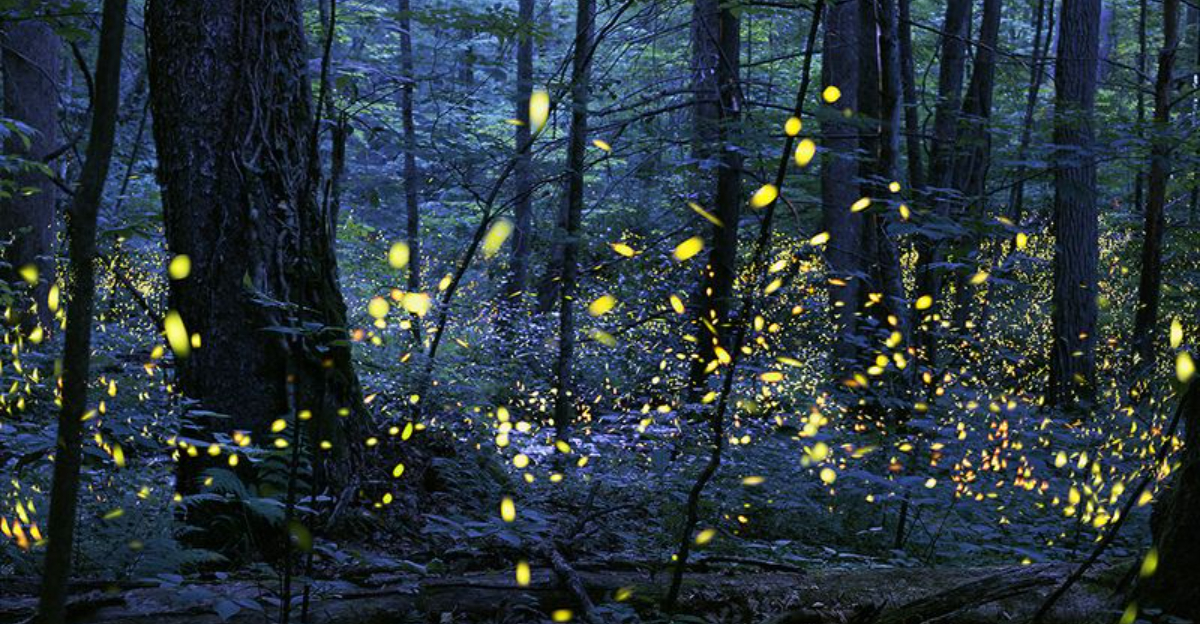
Tucked away in South Carolina, this under-the-radar national park is a quiet sanctuary for nature lovers, hikers, and anyone craving a slower pace. Home to one of the tallest temperate forests in the country, it shelters towering trees, winding waterways, and some of the most unique wildlife displays in the Southeast.
Each season brings something special—whether it’s glowing fireflies lighting up the forest floor or the peaceful hush of flooded cypress groves. If you’re looking for a national park that still feels wild, uncrowded, and genuinely awe-inspiring, this one belongs on your radar.
1. Witness One Of The Most Spectacular Firefly Displays In The U.S.
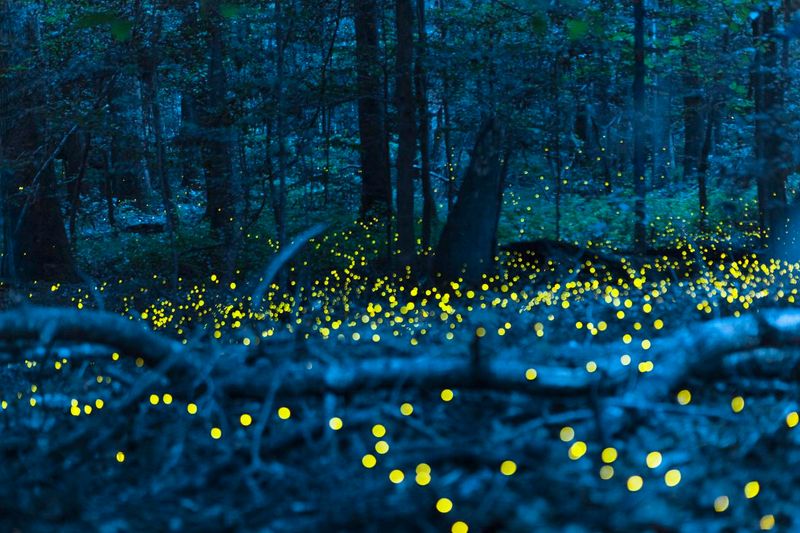
Every May and June, thousands of lightning bugs put on a mesmerizing light show. These tiny creatures flash in perfect unison, creating a magical rhythm that transforms Congaree into a fairytale landscape.
Visitors need to secure permits during this popular event, as park officials limit attendance to protect the delicate ecosystem. The synchronous fireflies only appear for about two weeks, making this rare natural phenomenon truly special.
2. Explore The Tallest Forest In Eastern North America

Towering giants reach for the sky in this remarkable ecosystem. Some trees stretch over 160 feet tall, creating a cathedral-like atmosphere beneath their sprawling canopy.
Congaree’s ancient forest includes massive loblolly pines, sweetgums, and towering bald cypress trees with their distinctive “knees” protruding from the swampy ground. This old-growth wonderland escaped the logging boom that claimed most similar forests across the South.
3. Hike The Boardwalk Loop For Easy Access To Scenic Beauty
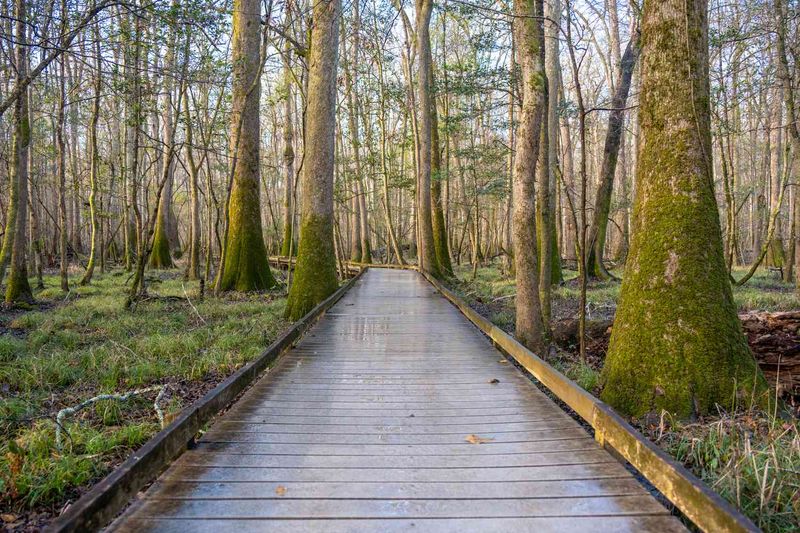
A raised wooden pathway winds through mysterious wetlands and ancient trees. You’ll feel transported to another world as you stroll along this 2.4-mile loop without worrying about muddy terrain or difficult navigation.
Congaree’s famous boardwalk accommodates wheelchairs and strollers, making this natural wonder accessible to visitors of all abilities. Interpretive signs along the route explain the unique ecosystem and history surrounding you.
4. Venture Into The Backcountry For A Deeper Wilderness Experience
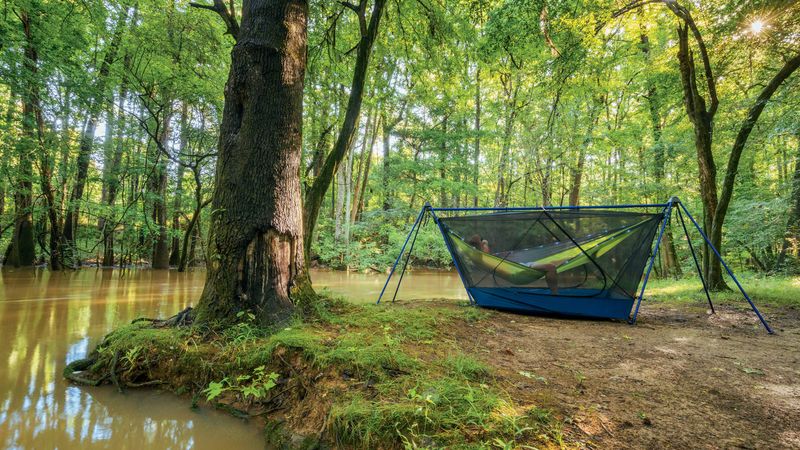
Rugged trails beckon adventurous souls beyond the boardwalk. River trails and primitive paths take hikers deep into wild areas where wildlife sightings become more common and human encounters rare.
Prepare for Congaree’s backcountry with proper maps, plenty of water, and bug spray during warmer months. The reward? Pristine wilderness views, the chance to spot elusive creatures like river otters, and a profound sense of solitude rarely found in today’s connected world.
5. Paddle Through An Immersive Swamp Wilderness
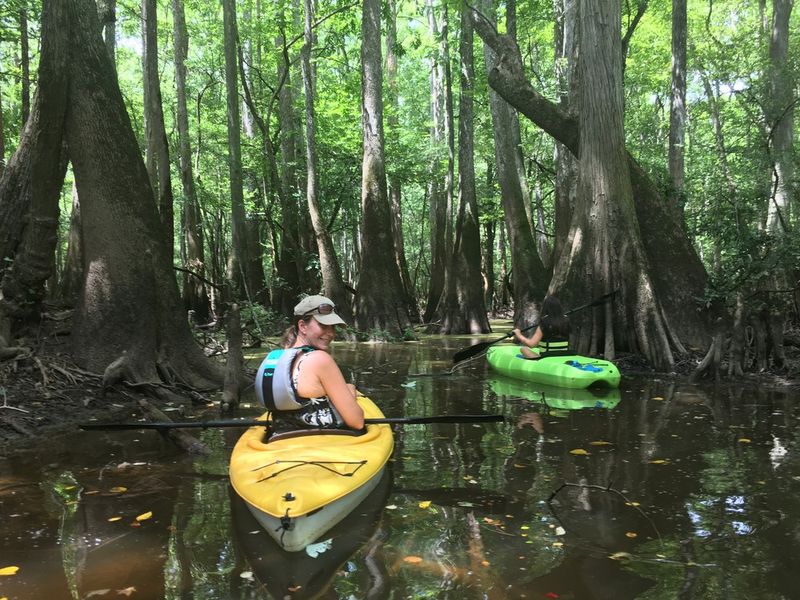
Glide silently through mirror-like waters reflecting an endless canopy of leaves. Kayaks and canoes provide the perfect vantage point for spotting turtles sunning on logs, graceful herons stalking the shallows, and maybe even an alligator.
The marked Cedar Creek Canoe Trail in Congaree offers a peaceful journey through this watery wilderness. Always check water conditions before launching, as seasonal flooding can dramatically change paddling difficulty and navigation.
6. Camp Under A Canopy Of Ancient Trees
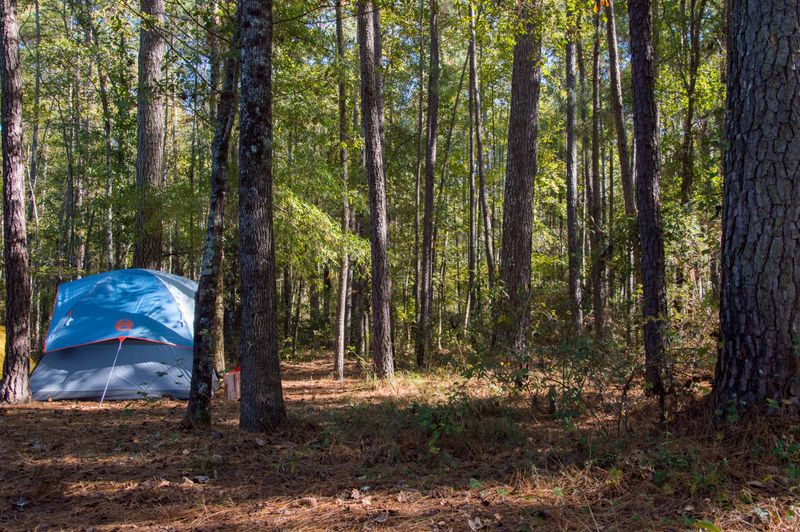
Fall asleep to a chorus of frogs and wake to birdsong filtering through leafy branches. The frontcountry Longleaf Campground offers basic amenities including fire rings, picnic tables, and restrooms for a comfortable overnight experience.
For more adventurous souls, Congaree permits backcountry camping with a free permit. These primitive sites require packing in all supplies and following Leave No Trace principles, but reward campers with unparalleled solitude beneath some of America’s most impressive trees.
7. Learn About The Park’s Rich Cultural And Natural History

Centuries of human stories intertwine with natural cycles of flooding and renewal. Indigenous peoples first inhabited this floodplain, followed by early settlers, enslaved communities, and eventually conservationists who fought to preserve this ecological treasure.
The visitor center at Congaree features engaging exhibits that explain how regular flooding nourishes the forest and why this area became America’s 57th national park in 2003. Rangers often lead programs that bring these stories to life through guided walks and talks.
8. Visit During The Off-Season For Peaceful Solitude

Winter unveils a different side of this enchanted forest. Bare branches reveal architectural silhouettes against crisp blue skies, while fallen leaves crunch underfoot on trails that might be crowded during peak seasons.
Cooler temperatures in Congaree mean fewer mosquitoes and better wildlife viewing as animals become more active. The park’s famous boardwalk, often bustling with visitors during spring and summer, becomes a tranquil pathway for contemplation and photography during these quieter months.
9. Stay In Columbia For Easy Access And Urban Comforts

Just a short drive brings you from wilderness wonders to metropolitan amenities. South Carolina’s capital city offers comfortable accommodations, diverse dining options, and cultural attractions to complement your national park adventure.
Columbia’s proximity to Congaree (only about 20 miles) makes it the perfect base camp. After a day of exploring, you can enjoy the city’s vibrant riverfront, visit the state museum, or sample local cuisine at farm-to-table restaurants before returning to nature the next day.
10. Make Time For Nearby Nature Parks And Small-Town Charm

Beyond the main attraction lie hidden gems worth exploring. Dreher Island State Park offers lakeside recreation, while the quaint town of St. Matthews provides a glimpse into authentic Southern living with its historic buildings and friendly locals.
Consider adding Poinsett State Park to your Congaree itinerary – locals call it the “mountains in the midlands” for its unique blend of mountain and coastal plain habitats. These surrounding areas complement Congaree’s wilderness with different ecosystems and charming cultural experiences.
